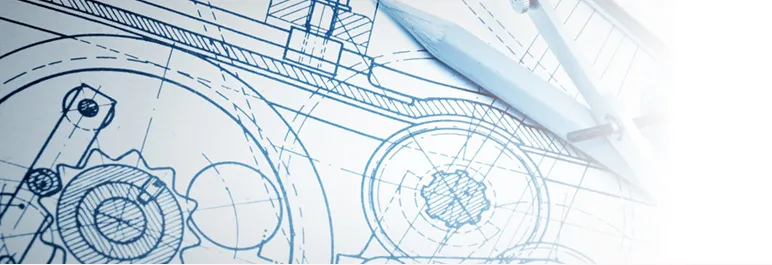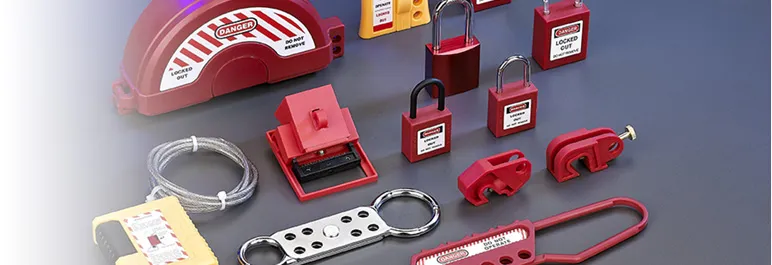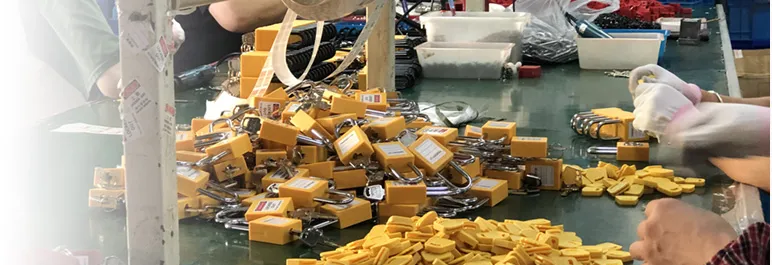
Customised Solution
• Communicate with the customer to understand their specific needs, such as size, color, material, design, functionality, etc.
• For example, if it's a customized piece of padlocks, ask about preferred styles (e.g., application industry), specific color combinations, and any unique design elements like meterial of padlock body and shackle.

• Based on the requirements, create a design concept. This might involve using design software or sketching by hand.
• If customizing a lockout item, design the shape, safety, and details of the size according to the customer's application industry.

• Choose materials that meet the quality and characteristics required by the customization.
• For a customized valve, select the type of material (e.g., plastic, steel spraying)

• Create a prototype to test the design and functionality. This is especially important for complex or technical products.
• In the case of customizing a new type of electrical lockout, a prototype can help identify any potential design flaws or usability issues.

• Once the design and materials are finalized, start the production process. This could involve manufacturing, assembling, or crafting the product.
• For a custom-made mechanical lockout, the production would include assembling the customized specifications, including size options and exterior colors and logo.

• Inspect the customized product to ensure it meets the required quality standards.
• Check for details such as the finish of a customized plastic valve, ensuring there are no scratches or imperfections.

• Deliver the customized product to the customer.
• Encourage the customer to provide feedback on the final product. This feedback can be used to improve future customization processes.
